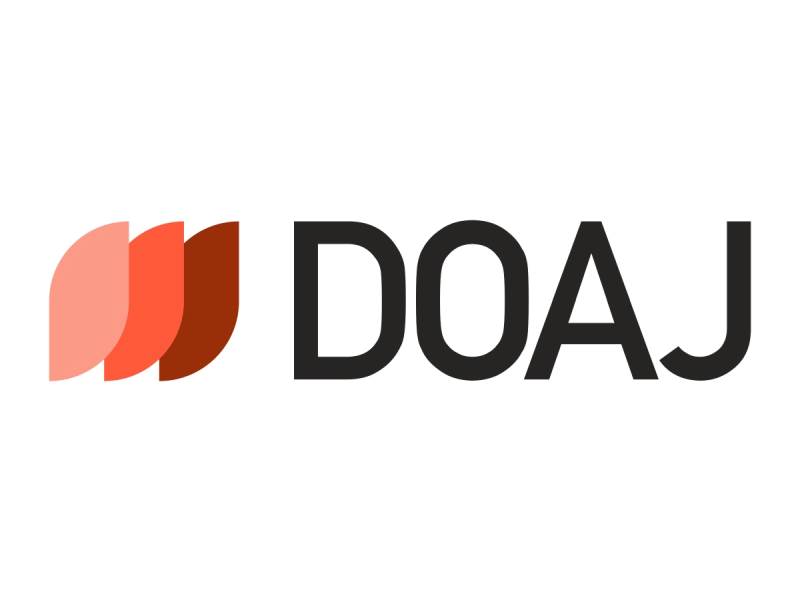Influence of Wire Type on the Structure and Properties of Coatings Obtained by Electric Arc Metallization
DOI:
https://doi.org/10.31489/2025ph3/59-67Keywords:
electric arc metallization, cast and powder wire, porosity,, steel coating, elemental compositionAbstract
Electric arc metallization (EAM) is one of the most effective and widely used thermal spraying methods, in which a protective coating is formed by melting a metal wire with an electric arc and atomising the molten material with a stream of compressed air. This technology is characterised by high productivity, adjustable layer thickness, and the versatility of applicable materials. This study presents a comparative analysis of protective coatings applied to 65G steel using electric arc metallization with both powder and cast wires made of 30KhGSA and 51KhFA alloys. The microstructure of the coatings was examined using a scanning electron microscope, and the elemental composition was determined using energy dispersive spectroscopy (EDS). The thickness and porosity of the coating were evaluated using an optical microscope. Microhardness was measured using Vickers, and surface roughness was evaluated using contact profilometry. Microstructural and EDS analyses revealed that coatings produced with cored wires exhibit a more homogeneous distribution of alloying elements, resulting in improved microhardness, reduced porosity. In contrast, coatings obtained with cast wires showed structural inhomogeneity, leading to increased porosity and decreased mechanical performance. Surface roughness measurements indicated that cored wire coatings had higher roughness values, particularly for 51KhFA. The findings analyzed that powder (cored) wire offers superior coating quality.




